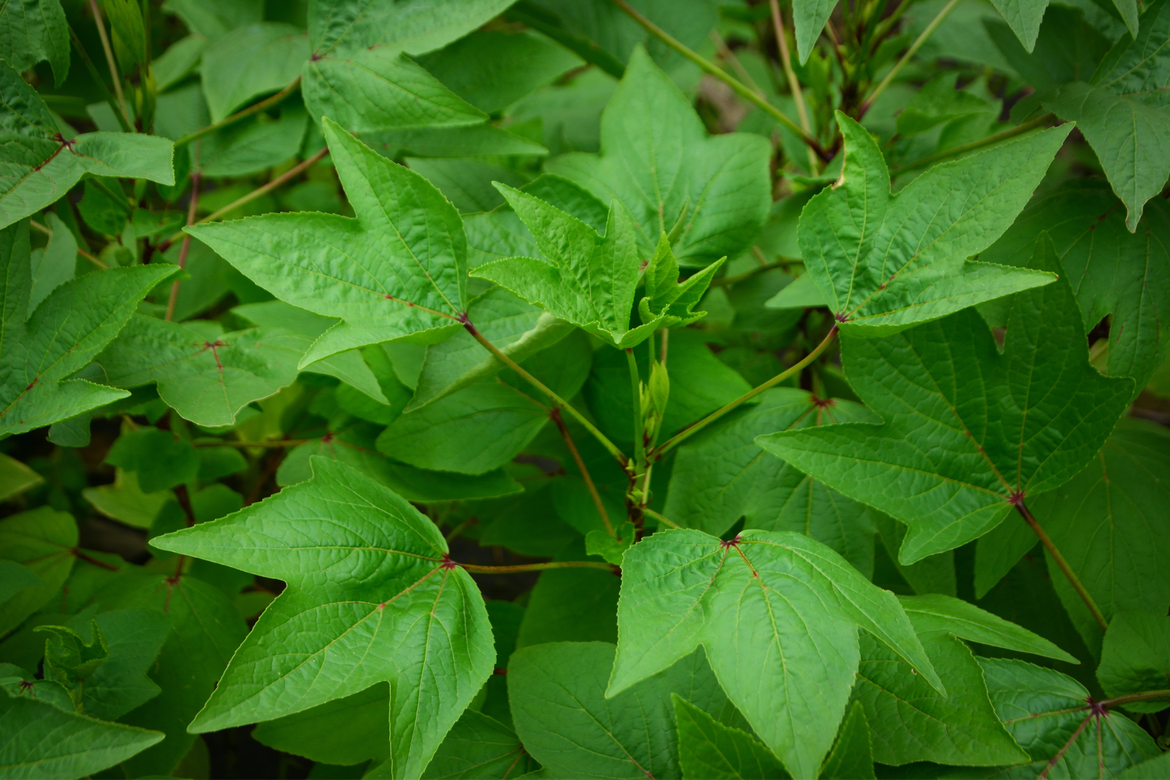From medicinal qualities to defence systems, plants possess some amazing behaviours. Sceptical? These fascinating articles from the KnE Publishing platform may just change your mind.
1. Effect of Soil pH on the Anthocyanin Level of Hortensia
Did you know that you can change the colour of your hortensia? It’s not magic, it’s science! Water-soluble pigments, called anthocyanin, which are found in plants, are responsible for different colours such as red, blue, and purple. However, the colour of the hortensia bloom depends on the alkalinity or acidity of the soil. This article discusses the correlation between soil pH and the colour of hortensia flowers. Which soil pH caused the flowers to be pink or blue? What were other factors found to affect the colour of the flowers?
Continue reading here.
2. Traditional Anti-Malaria Plants Species in the Balikpapan Botanic Garden
Throughout the centuries, Indonesia’s indigenous people have developed traditional medicines from plants to treat illnesses. This article documents the anti-malaria properties of nine plant species from the Balikpapan Botanic Garden in Indonesia. Each plant species used in the experiment has traditionally been used to treat malaria by the people of Kalimantan. Which plant species were found to help treat malaria parasites and fevers effectively?
Continue reading here.
3. Growth and Aerenchyma Formation of Rice
Plants are constantly under attack! Due to climate change, extreme events such as droughts and flooding are becoming more frequent. This article discusses the growth and aerenchyma formation of rice at different inundation conditions. Specifically, the plant height, flowering time, soluble sugar and starch content in the leaves were observed in four different levels of inundation. Did the depth of inundation affect plant growth? What preventive measures do rice plants use to prevent the loss of oxygen during inundation?
Continue reading here.
4. Evaluation of Antimicrobial Activity of a Sudanese Herbal Plant
Piliostigma reticulatum is a plant that is commonly found in Sahelo-Sudanian region of Africa and is widely used as a traditional medicine for the treatment of many diseases, such as malaria, tuberculosis, and diarrhoea. In other African areas, it is also used to treat epilepsy, anxiety, and agitation. This recent study evaluates the antimicrobial activity of Piliostigma reticulatum extracts on selected bacterial and fungal microorganisms. Which part of the plant showed more antimicrobial activity? How did the antimicrobial activities of the bark and leaves compare with standard drugs?
Continue reading here.
5. The Flavonoids Content in the Leaves and Fruits of Papaya
Papaya leaves are commonly known to contain many vitamins and enzymes that make it a powerful antioxidant. In this study, papaya leaves and fruits were dried in an oven and ground into a powder in order to isolate, measure and compare the concentrations of flavonoids present in two types of papayas. Flavonoids help regulate cellular activity and fight off free radicals that cause oxidative stress on the body. Which type of papaya contained a higher concentration of flavonoids? How did the mass and density of the papayas impact its antioxidant levels?
Continue reading here.
Looking for more free intriguing articles? Discover thousands of Open Access publications here: www.knepublishing.com. Stay tuned for our next curated reading list!








